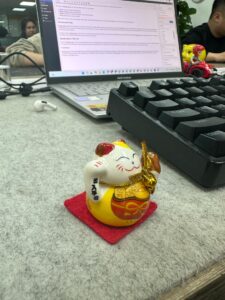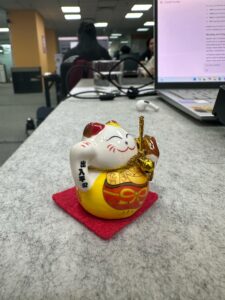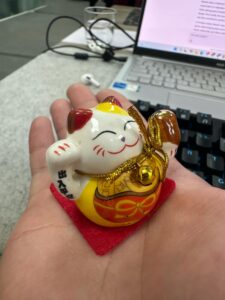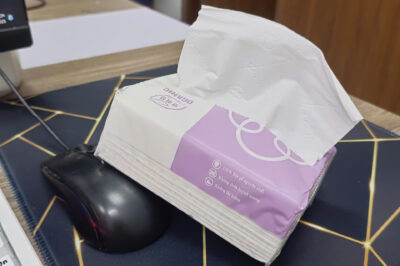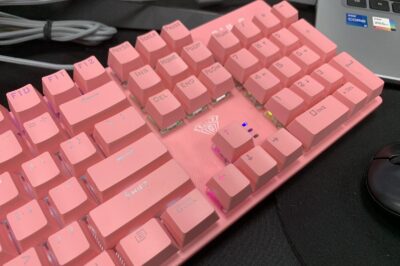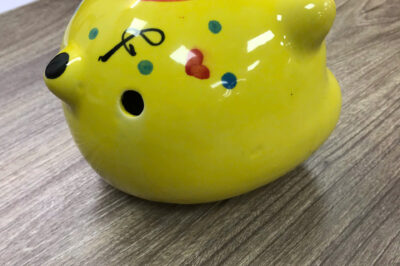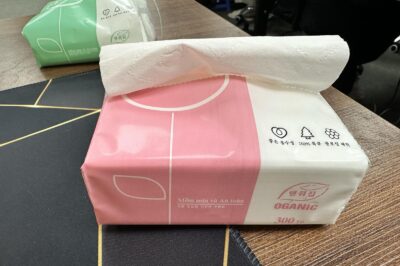News
Transform Your Office Experience with Ultra-Soft, Super-Durable Organic Tissue Paper!
Transform Your Office Experience with Ultra-Soft, Super-Durable Organic Tissue Paper! 
The Computer Keyboard: A Crucial Input Device in Modern Computing
The Computer Keyboard: A Crucial Input Device in Modern Computing In the ever-evolving world of technology, the computer keyboard remains…
Rosette Japanese Exfoliating Cleanser
Rosette Japanese Exfoliating Cleanser The Rosette Exfoliating Cleanser is a Japanese skincare gem designed to deliver soft, radiant, and smooth…
The cheerful yellow piggy bank is not just for saving; it symbolizes happiness and creativity. Its bright yellow color grabs attention, and the hand-painted designs, like the vibrant red tomato on its back, add a playful touch.
A Whimsical Touch to Saving: The Bright Yellow Piggy Bank In a world where practicality often overshadows charm, this bright…
Elegant Indoor Green Plant – Air-Purifying & Low Maintenance
Elegant Indoor Green Plant – Air-Purifying & Low Maintenance Product Name: Decorative Green Plant (Indoor Plant, Office Plant, Potted Plant)…
The Benefits of Paper Towels: An Essential Item in Daily Life
Paper towels are an indispensable product in almost every household, office, or business. Although small and compact, paper towels have…
End of content
No more pages to load

